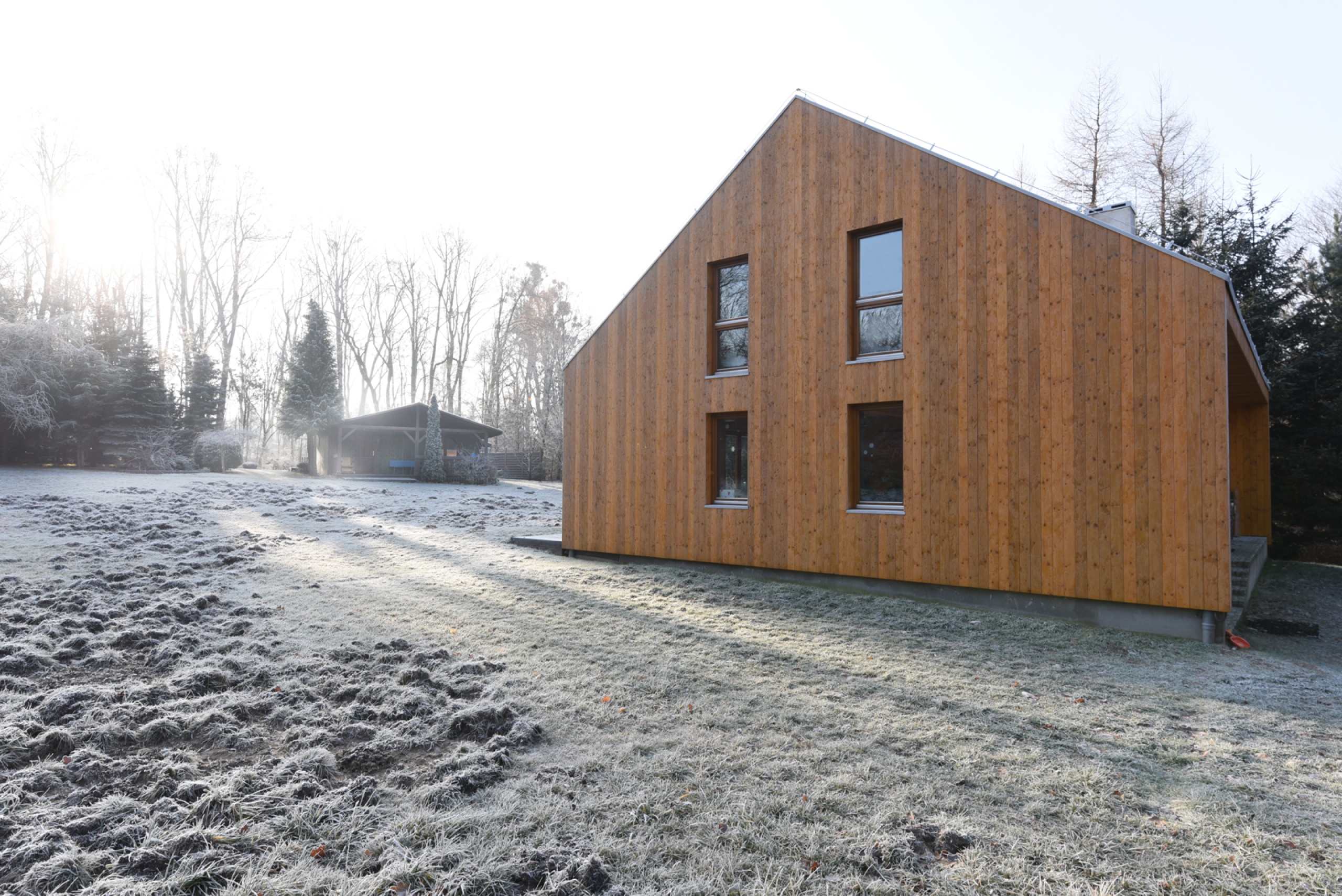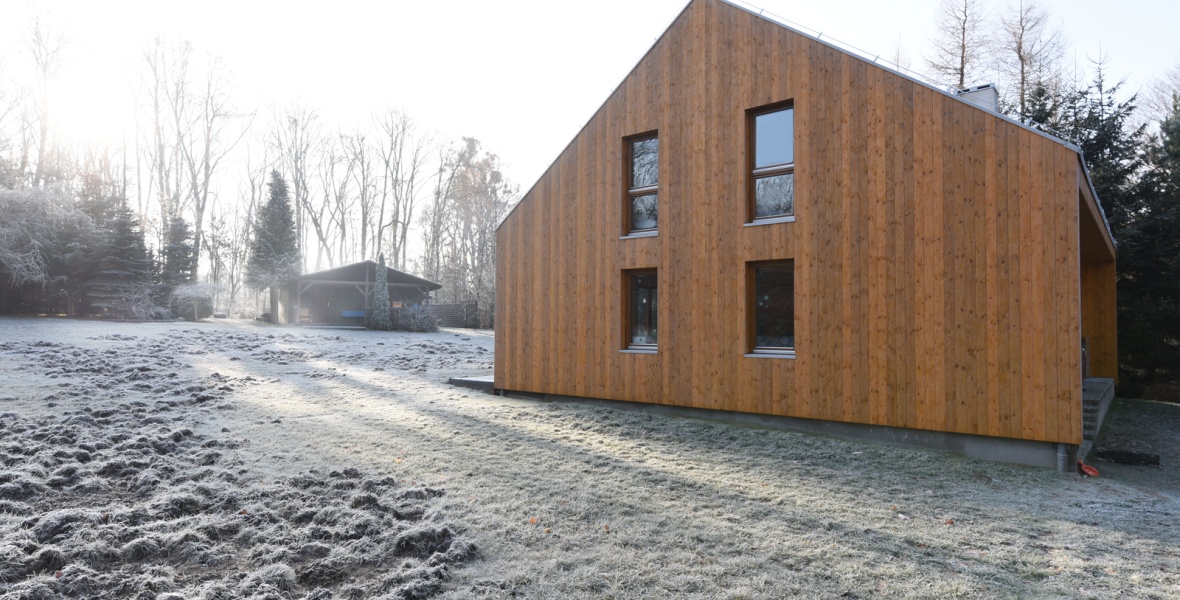Buildings of the future – of… timber and clay


The technologies that dominate construction today are a climate nightmare – they generate huge amounts of greenhouse gases, consume a lot of energy and leave heaps of unused waste. A change in this state of affairs is being forced by new, pro-climate regulations of the European Union. It is to be achieved by the broad application of the principles of circular economy in the construction sector, including a return to natural building materials such as timber, clay and hemp – in a modern version.
In simple terms, circular economy is a system in which waste is processed into new products in as energy-efficient a manner as possible, thanks to the use of renewable energy. Therefore, it resembles a natural ecosystem – in nature, nothing is wasted, everything is used to build new life. This principle makes the approach in question genuinely circular – as resources circulate from production, through use, processing, to reuse in production.
Today’s construction is far from this ideal. The production of building materials alone accounts for approximately 5 percent of global carbon dioxide emissions, the entire construction sector – for about 40 percent, and as a branch of global industry it generates 1.3 billion tons of solid waste per year!
These unfavorable statistics can be reduced, for example, by restricting the carbon footprint in the production of concrete – varieties, the production of which emits from 30 to even 50 percent less greenhouse gases, have already appeared. Technologies for the secondary use of waste generated during the dismantling of concrete buildings are also being developed.
However, some building materials by their very nature have a low or zero carbon footprint, are easily reusable or are completely biodegradable: such as timber, clay, and straw. They are natural, well-tested and have been used for thousands of years – today, the can be given the most modern form. A great example of such a new project in line with the principles of circular economy is the three-story Circl building in Amsterdam, the Netherlands. Its structure is mainly timber, the windows come from a dismantled office building, the wooden floor comes from the bar of one of the football clubs, and the walls are insulated with thousands of used clothes.



(Circl, Amsterdam/Cie)
Furthermore, in Skellefteå, Sweden, a 75-meter-high skyscraper with a timber structure was built in 2022, housing a theater, a library, two art galleries, a conference center and a hotel for over 200 guests. It was built using 12 000 cubic meters of timber produced just 60 kilometers from the center of this city.

(Sara Cultural Center, Skellefteå, Sweden – Martinsons press materials/Jonas Westling)
(illustration photo: strawbale house in Łódź, Poland/Koziej Architekci)